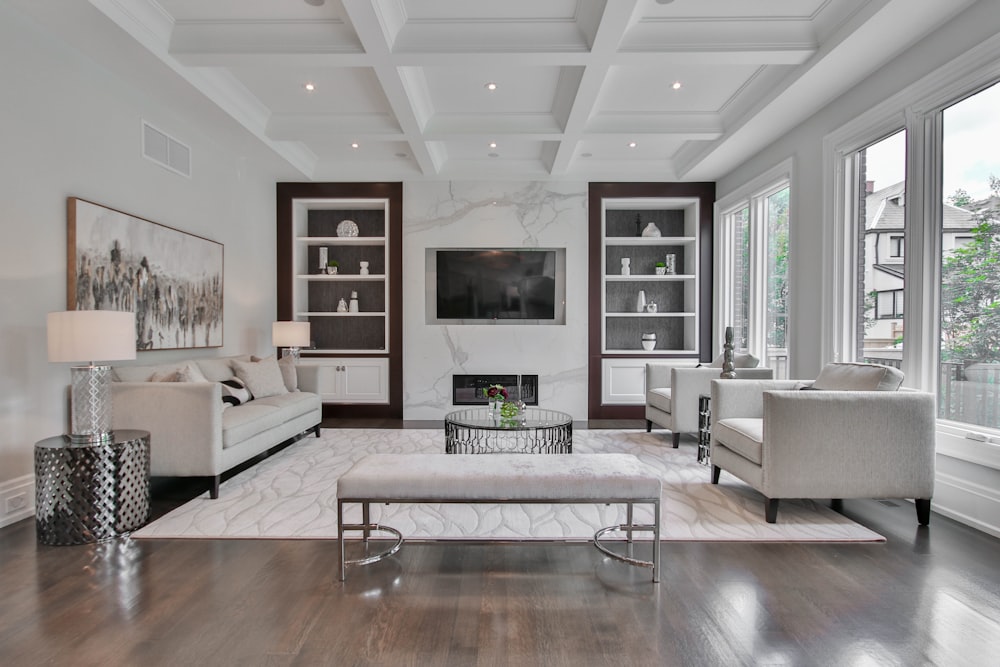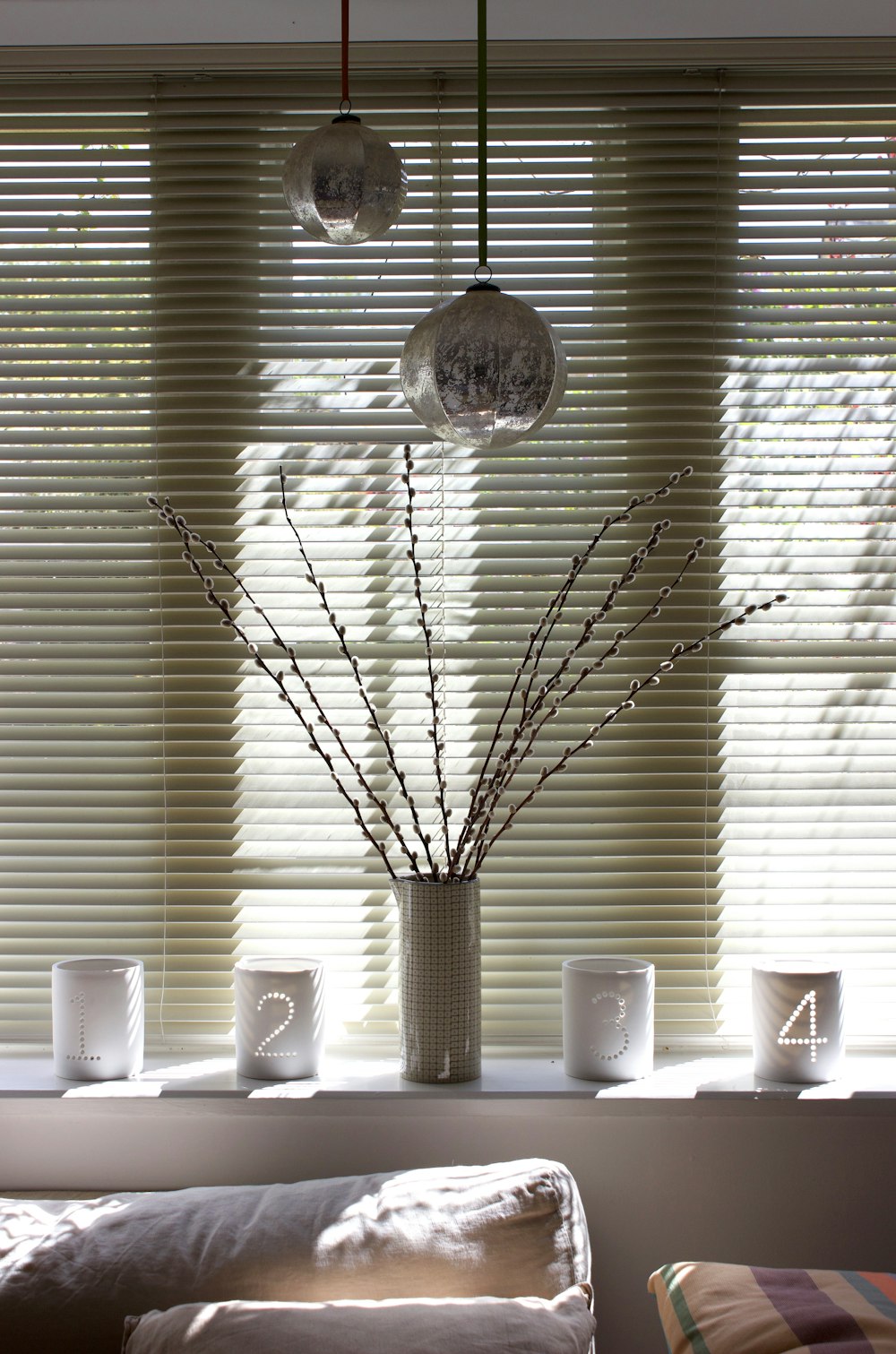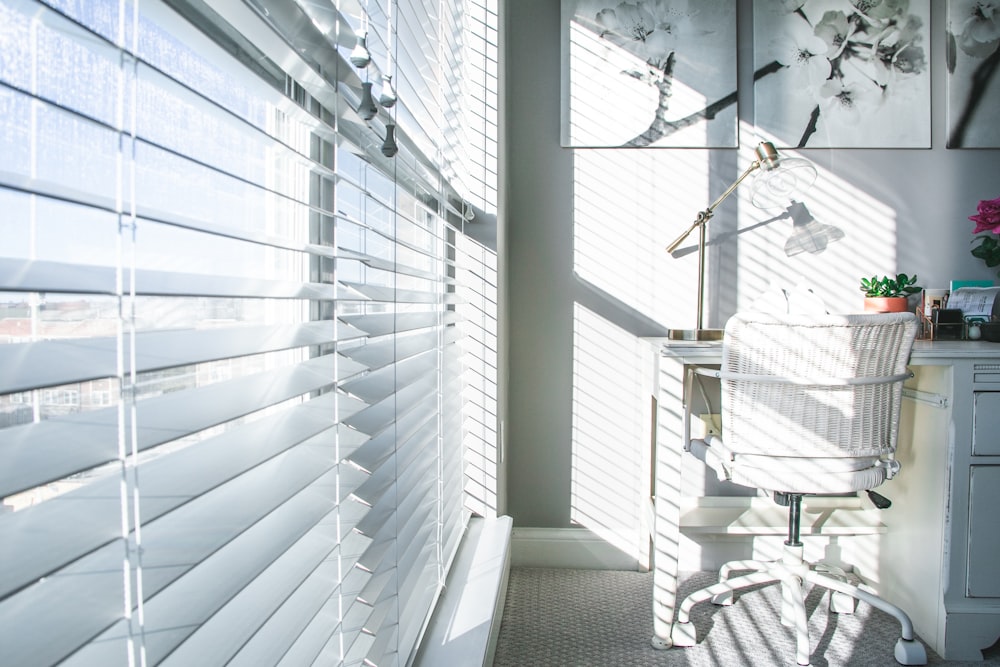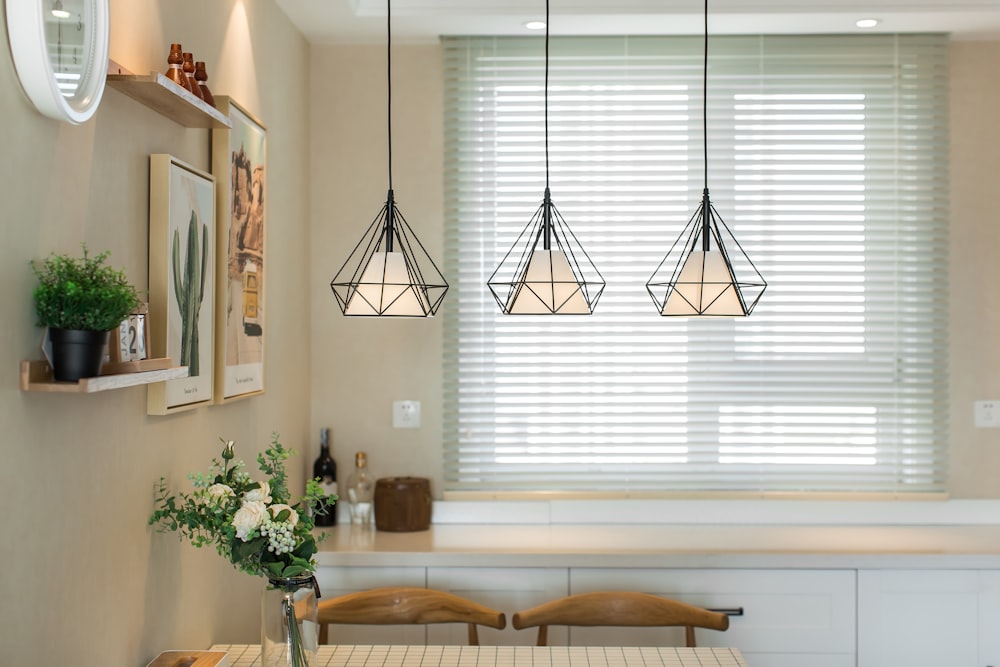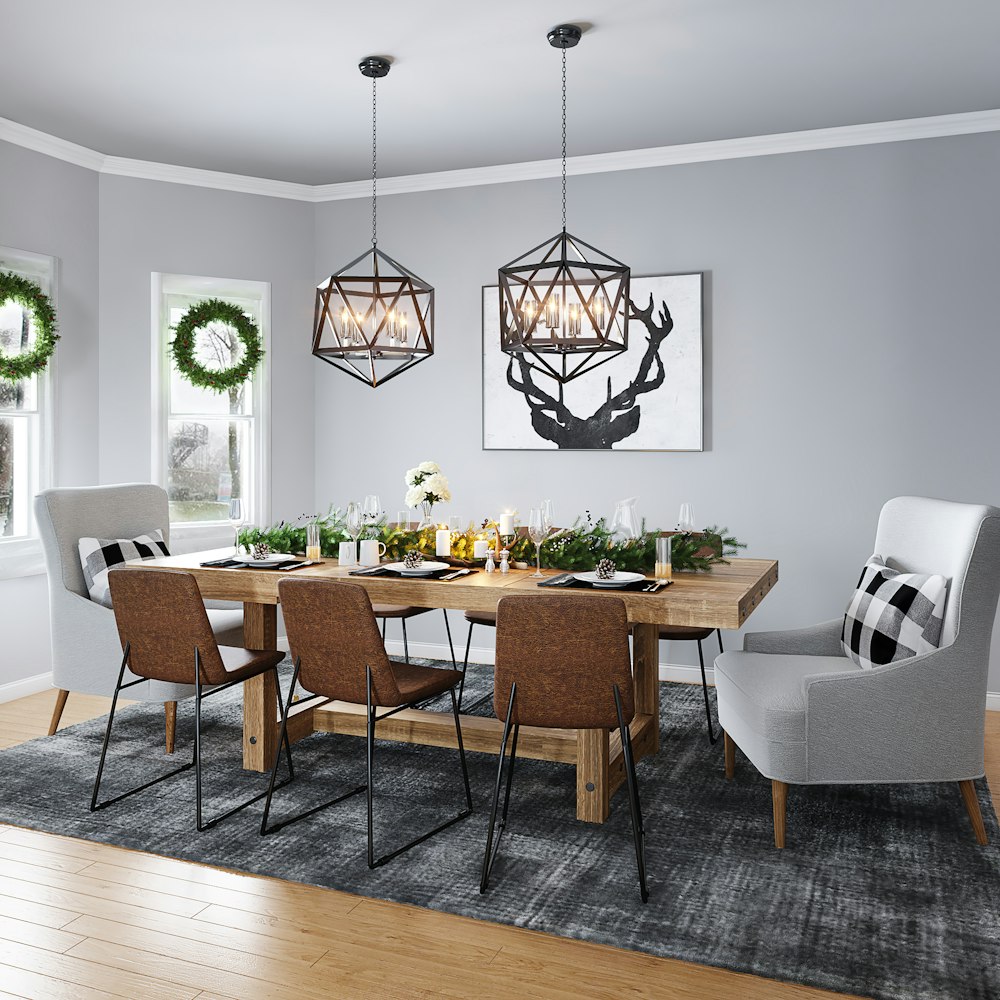It’s frustrating to open your electric bill and see a jump in your utility charges. You want to know why the electric company is charging more when your usage hasn’t changed. Several reasons may explain this jump in your bill.
Electric companies often charge more during periods of peak electricity usage. They do so to balance supply and demand on the grid. The company charges more for electricity when use spikes upward. This increase in energy bills has led many people to look into solar companies near me to cut their energy costs. Why do prices increase at times?
Weekday Afternoons Are Most Expensive
Weekdays from around noon to early evening tend to see the highest electricity demand as homes and businesses are fully powered up. Usage then declines in the late evenings and overnight when fewer lights, appliances, and devices are running. Based on this fairly predictable pattern, some electric companies have introduced “time of use” rate plans that charge more per kilowatt-hour during peak afternoon hours and less during nights and weekends. The differential between the highest and lowest rates within a time-of-use plan can be substantial.
People might assume homes aren’t using as much power during these periods. Many individuals are at home or school. This doesn’t mean the homes aren’t using electricity, however. Men and women want to come home to a comfortable temperature, so HVAC systems continue to run throughout the day. This usage puts a demand on the electrical grid even as businesses are using more electricity to keep their locations at the desired temperature.

Summertime Brings Increased Air Conditioning Load
Electricity usage and rates also follow seasonal trends. The summer months of June through September feature the greatest demand in areas where air conditioning is widely used to cope with hot and humid weather. Running air conditioners for many hours per day puts considerable strain on the electric grid. Utilities often struggle to meet the heightened loads, meaning they must utilize more costly generating capacity. These extra expenses get passed along to customers through higher per-kilowatt-hour charges or surcharges during the summer.
Similar issues could be seen in winter when the temperature drops. People will run their HVAC systems more to keep their homes warm. This increased usage could strain the electric grid, leading to higher energy prices.
Extreme Weather Events Strain the Grid
Spikes in electricity prices can also occur when extreme hot or cold weather events happen that drive up heating and cooling use all at once. For example, an intense heat wave or an unusually frigid cold snap can drastically boost the demand on utilities to power homes and offices. When demand starts to approach or exceed available supply, power reliability declines for the grid as a whole. Utilities then often raise rates very quickly under these emergency conditions to reduce demand and encourage conservation behaviors. Governments may also institute temporary bans on certain electricity uses until the weather crisis passes. Nobody likes for this to happen, but it is sometimes necessary during extremes to protect grid integrity.
Weekday afternoon hours tend to have the highest regular peak usage. Summer also brings higher demand for cooling and more strain on the overall electric infrastructure, although winter can bring about increased demand. Extreme weather events can force utilities to impose exceptional rate increases or restrictions when the grid is under duress coping with spiking energy consumption. Understanding when and why electricity tends to be more expensive allows customers to plan and budget accordingly while doing what they can to shift usage to off-peak periods.











